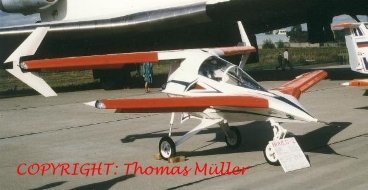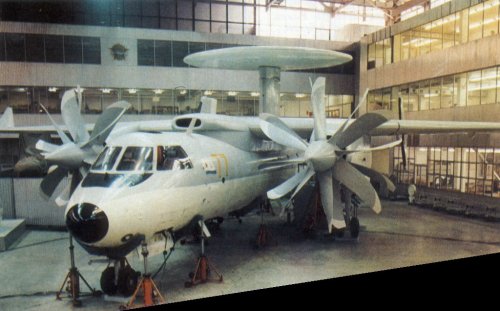- Joined
- 22 January 2006
- Messages
- 3,963
- Reaction score
- 1,349
Here is a candidate
MosAeroShow (1995 or 1999?). It's the Bulgakov BULG-2 (sometimes the designer uses a French(?) transliteration for his family name => Boulgakov BOULG-2). I've never heard of a maiden flight, but I'm interested in information if I'm right. It seems to be one of the smallest jet aircraft ever built.
MosAeroShow (1995 or 1999?). It's the Bulgakov BULG-2 (sometimes the designer uses a French(?) transliteration for his family name => Boulgakov BOULG-2). I've never heard of a maiden flight, but I'm interested in information if I'm right. It seems to be one of the smallest jet aircraft ever built.


